 |
| Several major residential construction projects are visible in this October 2018 view looking east down Euclid Avenue, including construction cranes for the 34- story Lumen (foreground) and 29-story Beacon. Plus the construction elevator guideway on the side of The Athlon, a conversion of the 15-story Cleveland Athletic Club, is also visible. The 10- story Edge Apartments that opened in 2018 is at left. The May Company residential conversion is just out of view (clevelandskyscrapers.com). CLICK IMAGES TO ENLARGE |
When John Knopfler and his spouse moved into their Tremont house where a large family had just moved out, each did what many are doing in Cleveland these days. They’re participating in the city’s Fifth Migration, bringing with it socio-economic changes unlike any experienced from the previous four migrations in the past 223 years.
As empty-nesters who grew up in rural Northeast Ohio, they brought decent incomes from their professions in insurance and law. The couple bought a single-family home previously occupied by a six-person family who were lower income. They reduced the population of that home but increased its income.
The Knopflers fixed up the house, originally built more than century ago for a family of four plus a live-in unit, such as an au pair or housekeeper, as there’s a servant’s staircase built into the house.
Their experience became increasingly common from the 1990s into the 2010s in 19th-century Tremont, whose previous best years were two or three great migrations ago. But over the past 20 years, Tremont has morphed from a downtrodden neighborhood of rotting homes in the shadows of mammoth steel mills that had once supercharged this enclave.
“In the past five years, four adjacent homes that were owned by long-time residents have flipped,” Knopfler said. “The first that sold went to a couple. I believe the previous family that lived there was four or five people.”
While near-west neighborhoods like Tremont and Ohio City were among the first to gentrify from a heavily low-income population to having slightly fewer but wealthier residents, they certainly wouldn’t be the last. And there may not be fewer residents for long considering the rate which some neighborhoods are densifying.
Downtown, Detroit-Shoreway, Edgewater, St. Clair-Superior, Midtown, University-Little Italy, and even Glenville, Fairfax and Hough are seeing increased incomes and a resultant physical change in the landscape.
COMPELLING DATA
Since 2016, individual taxable incomes in Cleveland have grown by more than $1.25 billion, according to data extrapolated from Cleveland’s 2019 city budget (Page 81). And this year’s income data is still just a conservative estimate. The city won’t know the real data until February when its 2020 budget is released.
Care must be used with that income number, however. The reason is that taxable income also includes people living outside of Cleveland and working in Cleveland. In fact, 87 percent of Cleveland’s income tax revenues in 2016 came from non-residents. They also benefit from credits that reduce their tax impact.
In addition to a changing population in the city, the data also strongly suggests that a big reason for a bump in city income tax revenue is due to either better-paying jobs in Cleveland or an increase in the number of jobs in Cleveland or both.
Preliminary data from the Bureau of Labor Statistics show that nearly 25,000 more Greater Clevelanders were employed in November 2019 than they were in November 2016. Roughly 600,000 jobs, or more than half of the region’s 1.1 million non-farm employment total, is in Cleveland.
Based on that data, about one-third of the $1.25 billion growth in Cleveland’s taxable incomes is due to the increased number of jobs. The rest is due to better pay and more wealthier residents living in Cleveland.
And the revenue also includes an income tax increase that Cleveland voters passed in November 2016, raising the base amount from 2 percent to 2.5 percent. But after the tax increase impacts were added, a changing population demographic and an increasing number of jobs in Cleveland have pushed the city’s income tax revenues another 10 percent higher.
When combining the results from that tax hike and the city’s changing population makeup and job growth, the city’s income tax receipts grew a whopping 35 percent, from?$314,801,172 in 2016 to a conservative projection of?$424,869,173 this year. Income taxes represent 66 percent of Cleveland’s budget revenue. The next largest source is grant revenue at a mere 6 percent.
THE FIFTH MIGRATION
That’s the data behind the Fifth Migration, which was detailed in a 2016 report by The Center for Population Dynamics at the Maxine Goodman Levin College of Urban Affairs at Cleveland State University (CSU). The report was issued just as Cleveland’s residential development was kicking into a higher gear.
The Fifth Migration is the movement of Millennials and, to a lesser degree, empty-nest Baby Boomers — the two largest generations in U.S. history — into Cleveland. CSU’s study said Cleveland ranked 8th in the U.S. in the growth rate of college-educated Millennials.
“This infill into the core has recently been termed the Fifth Migration by urban scholars,” the report said. It noted that, of course, this migration is occurring in cities throughout the nation.
To put this migration into context, the CSU report said the First Migration was the pioneers that settled North America; the Second Migration from farms to the factory towns; the Third Migration to the great metropolitan centers like Cleveland; and the Fourth Migration to the suburbs of these centers.
“The Fifth Migration — which will significantly affect the City of Cleveland’s landscape going forward — is a re-urbanizing’ counter-movement to decentralization, particularly for younger, college-educated adults,” the report said.
RENTS & CONSTRUCTION RISING
That has manifested itself in a number of ways, including rising apartment rents, increased real estate investment and growing immigration.
Robert Salmon, a Maryland-based investor/analyst who tracks securities and public-sector bonds, said the city’s recent spike in wealthier residents moving is apparent. He occasionally visits Cleveland to see family.
“I would say that extra billion (dollars) in new wealth is very visible around town,” he said.
According to Apartment Guide, Cleveland ranked 7th in the nation with the highest increases in rent. Cleveland rents have grown in the past year by 11.1 percent, to an average of $1,364 for a one-bedroom apartment. Newark, NJ ranked #1 with a 30 percent average rent increase, due mainly to people fleeing higher rents in nearby New York City.
“The major surprises for me from the research was the Newark percentage increase and Cleveland’s rents also headed upwards,” said Apartment Guide’s Managing Director Brian Carberry. “An ongoing trend we are seeing is younger people who want to live in big cities.”
“Thanks to its strong economy, people from Ohio are flocking to Cleveland,” he added.
Rent.com echoed the Apartment Guide report, but added more detail by showing the one-bedroom apartment rent increases by neighborhood. Most of the largest increases were either downtown or in and near booming University Circle, a planning district that includes Little Italy.
University Circle led the way in Cleveland with a 44.28 percent increase, where a one-bedroom apartment’s rent now averages $1,853. Rent pressures in University Circle spilled over into neighboring Hough, long a national symbol of urban decay, where average rents have shot up 7.74 percent to an average of $1,415 for a one-bedroom apartment, according to Rent.com.
Hough is home to market-rate apartment developments built, underway and planned like Upper Chester/Innova, Axis at Ansel Avenue, Paradigm near Wade Park Avenue in the East 60s, 75 Chester located in the 7500 block of Chester Avenue, and the East 90th Street Apartments, just north of Chester.
Downtown’s Gateway District saw rents rise 11.83 percent while the Warehouse District edged up 3.6 percent. Overall, downtown apartment rents grew 7.34 percent, even as thousands of new units are added to the market each year either through new construction or renovation and conversion of obsolete office buildings. Occupancy percentage rates are holding steady in the mid-90s.
Downtown, of course, has among the city’s wealthiest populations. Yet new arrivals displaced fewer residents because there weren’t many residents to begin with. It had 6,484 residents in 1990 but is approaching 20,000 residents today. If it was a separate municipality, downtown would be larger than all but 15 of Cuyahoga County’s suburbs. There are 58 suburbs in the county.
Thomas Bier, a senior fellow at CSU’s Maxine Goodman Levin College of Urban Affairs, recently wrote in Cleveland.com that, even with smaller households replacing ones with larger families, Cleveland’s seven-decade-long population slide has virtually stopped. In the 1970s, Cleveland was losing 30,000 people a year. Last year, it lost just 1,700. But that could be one of its last losing years.
“People will continue to move out — which is normal, just as people move from suburb to suburb — but probably within a few years movers-in will exceed movers-out,” Bier wrote. “Then, after 70 years of loss, the corner finally will have been turned as growth takes hold.”
The population stabilization is reflected in Cleveland’s real estate values, he added. Between 2012 and 2018, the value of the city’s residential properties increased by $248 million, resulting in more property tax revenues for the schools, libraries and parks.
“That’s quite a turnaround from the previous 12 years, spanning the Great Recession, when the city lost $821 million,” Bier said. “The value of commercial properties, including apartments, increased $1.1 billion between 2000 and 2018. Downtown and University Circle are responsible for most of that gain.”
MIGRATIONS AND INEQUALITY
But there’s still some of the old Fourth Migration showing a pulse in Cleveland. It and the Fifth Migration are simultaneously causing a contrast in terms of income inequality and abandonment in neighborhoods yet to be touched by investment.
For every middle-class person moving into Cleveland, there may be an impoverished person either moving out of their dangerous Cleveland neighborhood to a less dangerous one, or to an inner-ring suburb, or out of the metro area altogether.
This is especially true on the East Side where depopulation continues, People are escaping a lack of opportunities and the resultant drug-fueled crime and violence. Neighborhoods like South Collinwood, Mount Pleasant, Union-Miles, and others are fighting to address disinvestment, improve education and attract jobs.
Kinsman and Fairfax are on the cusp of turning long-abandoned urban prairies into job-rich development sites along the new Opportunity Corridor. This urban boulevard is clearing and cleaning dozens of vacant, polluted, 19th-century industrial sites so they can be returned to productive uses.
Cleveland also has a void of new, high-quality housing types in between the luxury units at one end of the market scale and subsidized housing at the other. So, as developers tap into Opportunity Zone investment funds, they are marketing 5-15 percent of their apartments as “affordable.” Smaller units are being developed and marketed as “workforce housing.”
- Cleveland, Bedrock seek $1 billion for riverfront development
- CRE industry lauds Bibb’s construction permit overhaul
- Bridgeworks design evolves again – minus hotel
- Cleveland Kitchen wins $10M in tax credits
- Welleon gets an ‘A’ in testing Cleveland’s market
- EPA gives Greater Cleveland $129.4M for five solar arrays, reforestation













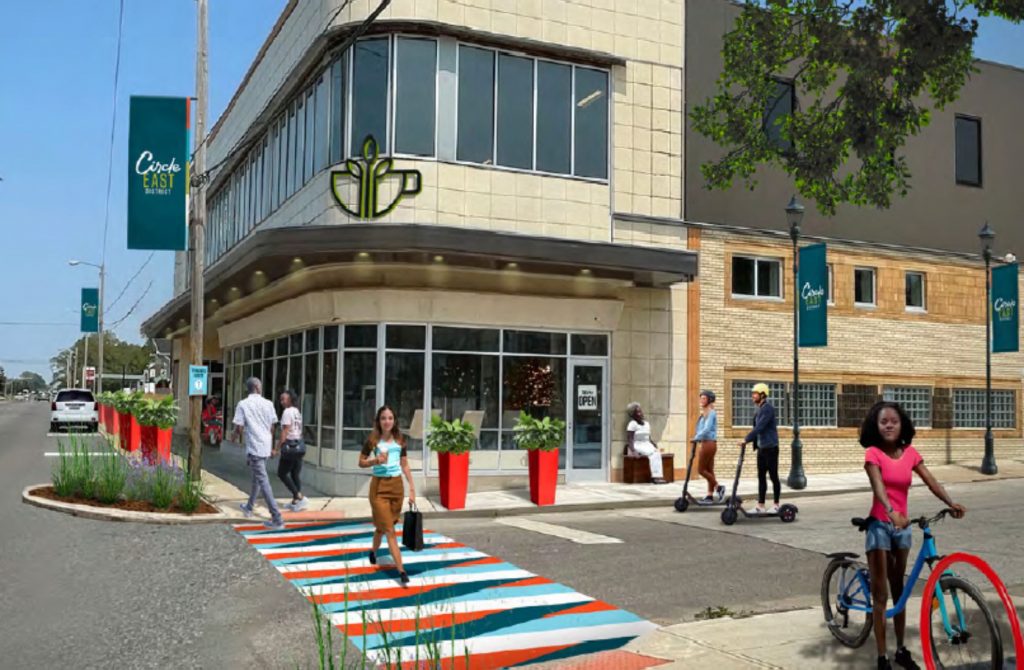
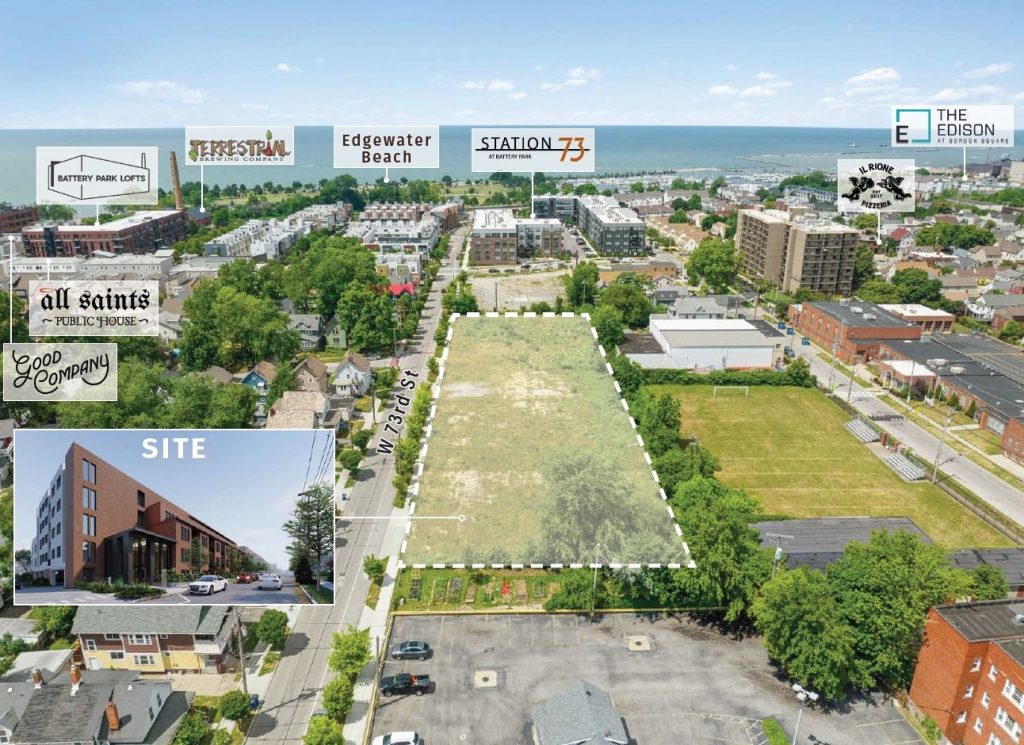
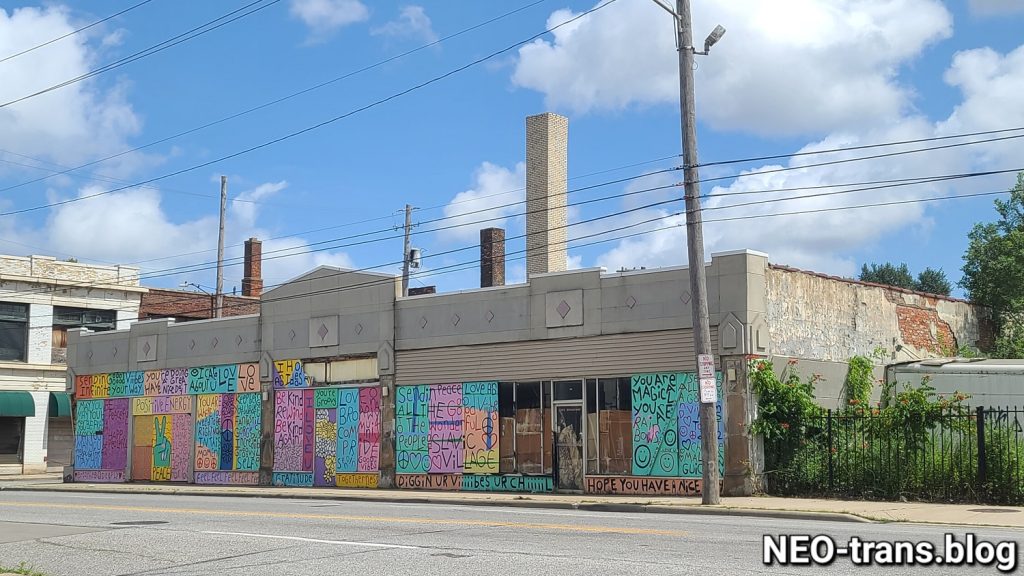
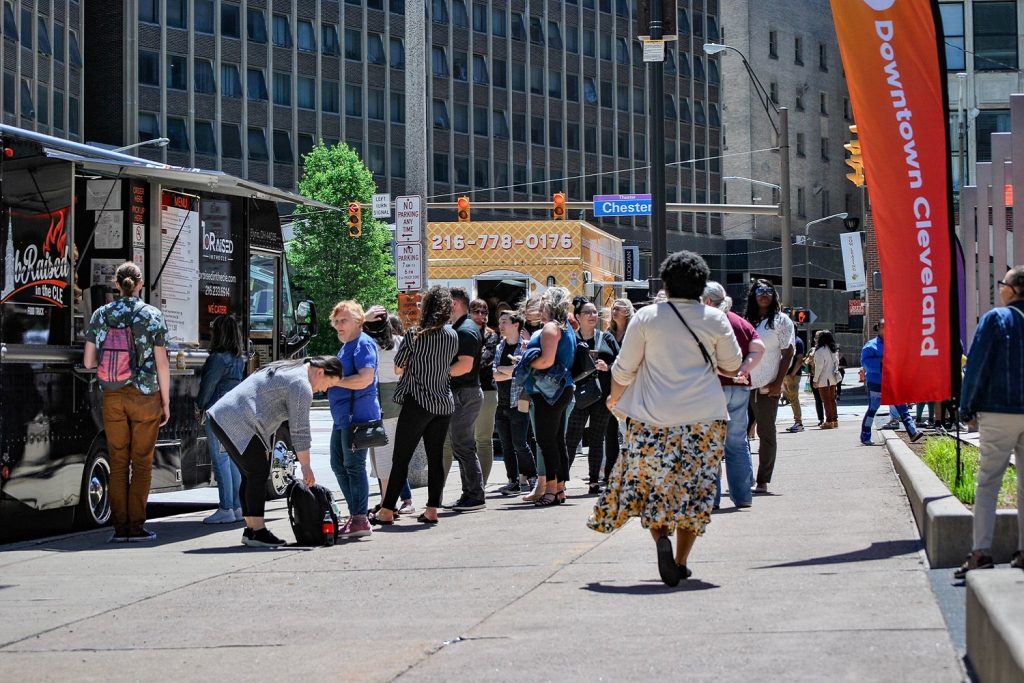
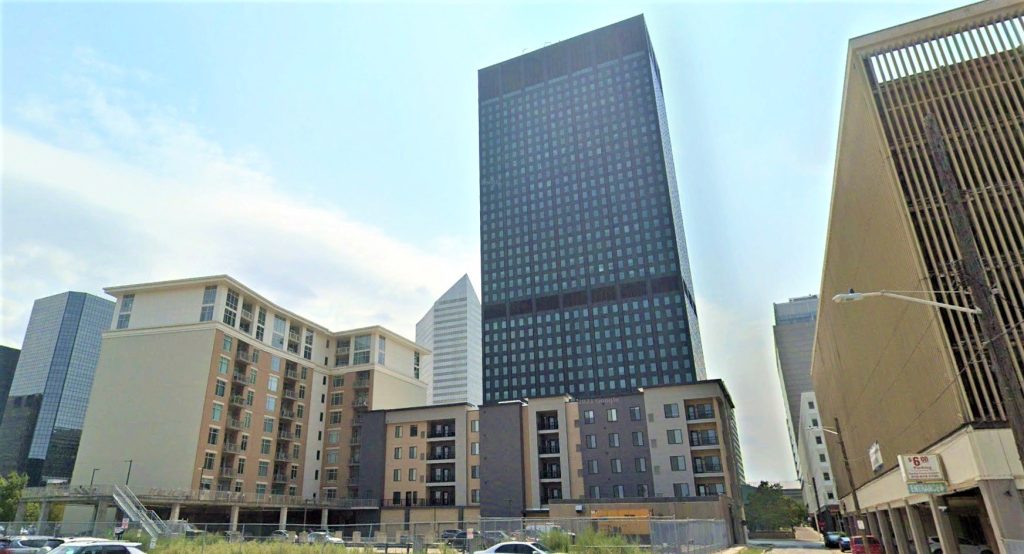
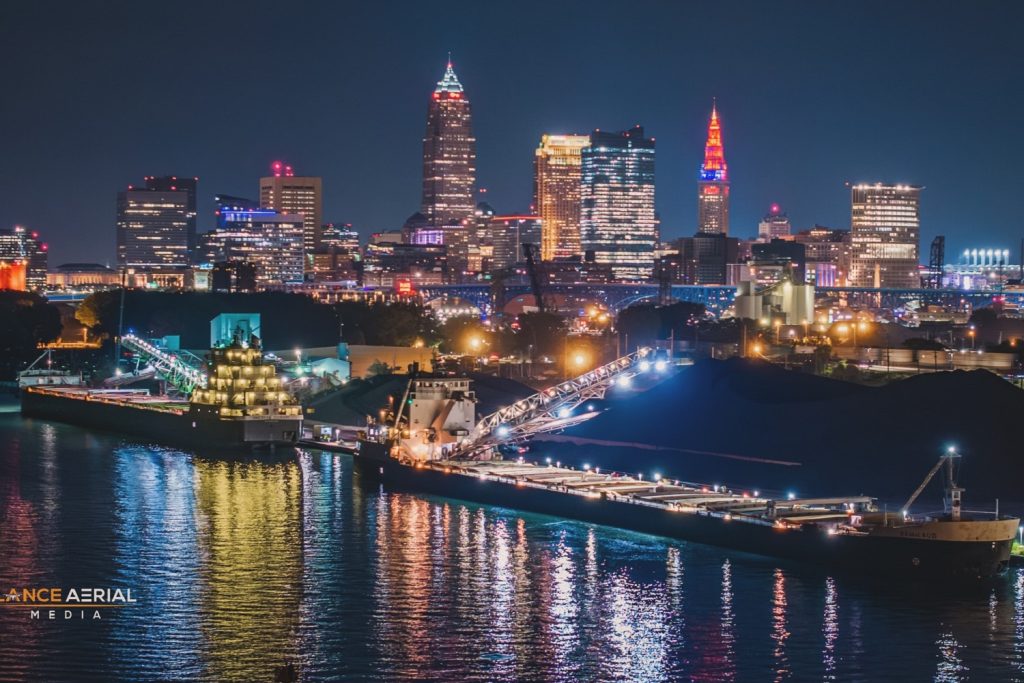
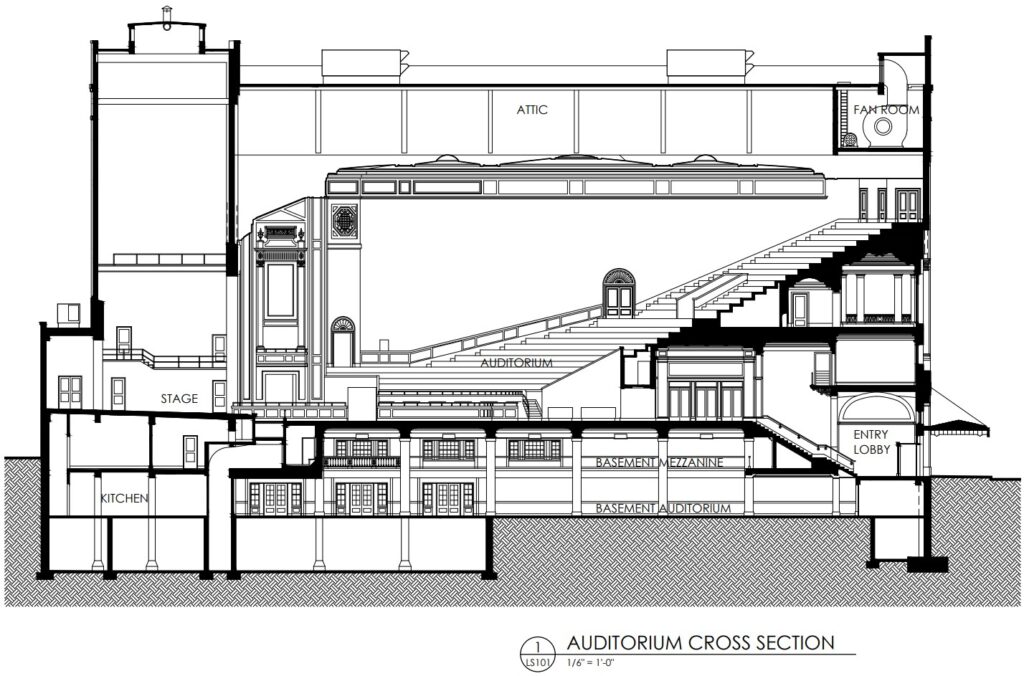

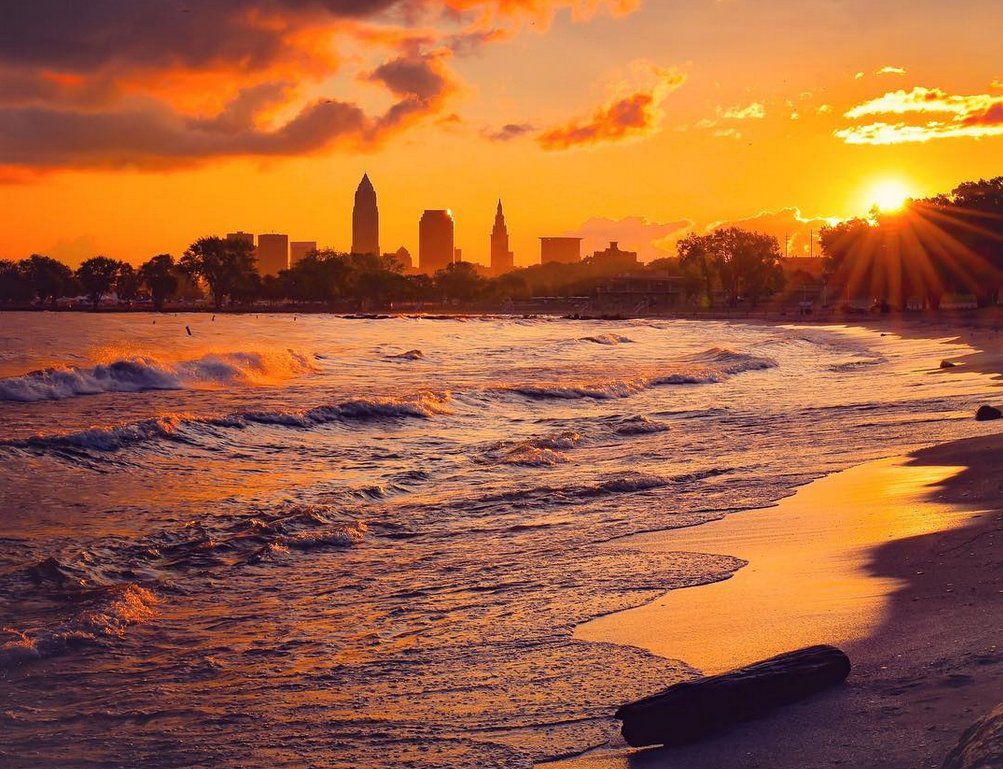
This is very encouraging to read. Do projections suggest Cuyahoga County turn around its population loss? Last I checked the county still lost population, I guess it could be considered a continuation of the fourth migration, as folks move to the neighboring counties. It seems like the pieces are in place; hopefully the city leadership can keep things going.
Cuyahoga County isn't losing population it's experiencing a Population shift
Hopeful – great analysis. What do you think Metrohealth expansion will do to near west side?
All of West 25th, from Brooklyn Center north to Ohio City, is seeing a huge amount of construction. And more is coming. Look for an article soon that summarizes all of the underway and coming developments.
This comment has been removed by the author.
Great overview, Ken. For the first time in my life, I'm actually not dreading what the 2020 census will reveal about Cleveland's population in the last 10 years. (Cuyahoga County may still be pretty ugly, though.)
That 35% increase in income tax revenue from 2016-19 has to be one of the more underreported stories in the last several years. Granted, the half-percent hike voters endorsed in 2016 have something to do with that number, but expanding the overall base by $1.25B during the same period is pure organic growth. Hopefully, the Mayor and Council have some productive conversations about how best to take advantage of this largesse.
Thanks. And the 35 percent increase may even be higher after the actual 2019 numbers are gathered. The 35 percent figure is due to a inherently conservative projection for the 2019 budget.